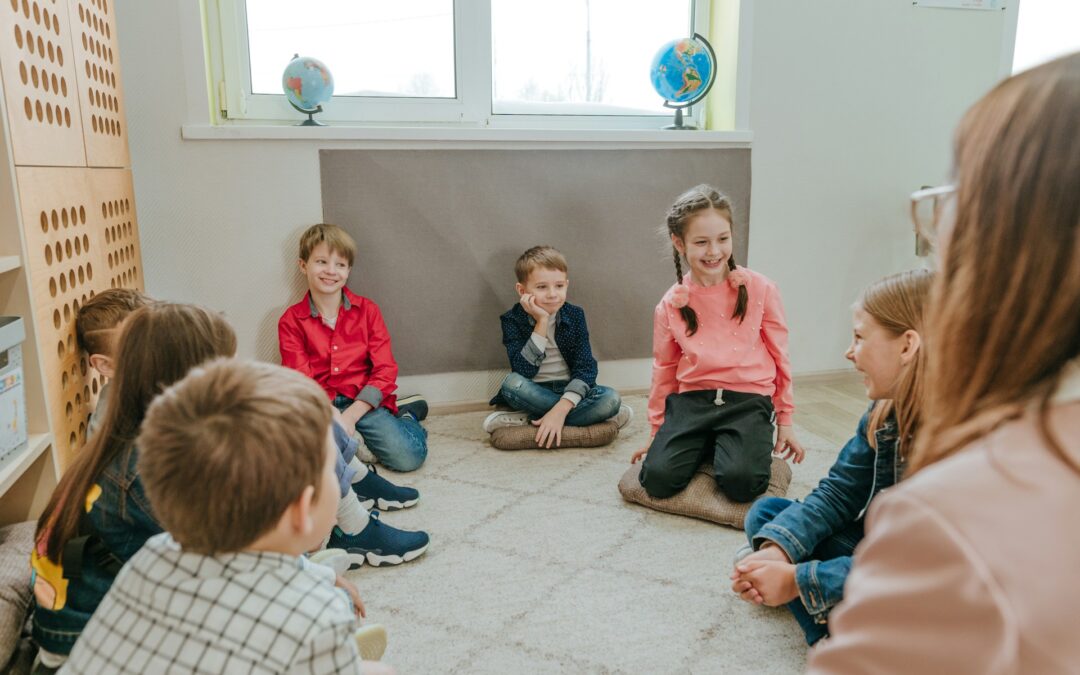Social skills are crucial for children to interact effectively with their peers and navigate social situations. However, for children with autism, these skills often take more time and effort to develop. Applied Behavior Analysis (ABA) therapy offers significant support in this area. ABA therapy focuses on breaking down social interactions into smaller, manageable steps that children can learn and practice in a structured way.
Implementing ABA therapy involves understanding each child’s unique challenges and creating a tailored program to address those needs. By focusing on one skill at a time, ABA therapists help children with autism make steady progress in their social development. Techniques such as role-playing, modeling, and reinforcement are commonly used to teach these skills in fun and educational ways.
Parents and caregivers need to understand the potential of ABA therapy in helping children improve their social skills. This approach allows children to communicate better, form meaningful relationships, and participate more fully in their communities. As we delve deeper into how ABA therapy can be a game-changer, we’ll explore the basics, identify common social challenges, and examine the techniques used to foster social growth.
Understanding the Basics of ABA Therapy
Applied Behavior Analysis (ABA) therapy is a well-researched and effective treatment for improving various skills in children with autism, including social skills. The basic idea behind ABA is that behaviors can be taught or modified through structured steps and reinforcement. ABA therapy breaks down complex behaviors into more minor, manageable actions.
In ABA therapy, a Board Certified Behavior Analyst (BCBA) first conducts an assessment to identify the child’s strengths and areas that need improvement. Then, they develop a personalized treatment plan with specific goals, such as making eye contact or starting a conversation. The therapy sessions are usually conducted one-on-one, allowing the child to get the individualized attention they need.
Positive reinforcement is a crucial element of ABA therapy. When a child demonstrates a desired behavior, they receive a reward, such as praise, a toy, or extra playtime. This encourages them to repeat the behavior. By consistently rewarding positive actions, ABA helps children develop good habits and social skills.
Identifying Social Skills Challenges in Children with Autism
Children with autism often face unique challenges when it comes to social skills. These challenges can vary widely from one child to another, but there are some common difficulties that many children with autism experience. Identifying these challenges is the first step in addressing them effectively.
One of the most common challenges in social skills is difficulty with communication. Children with autism may struggle to understand verbal and non-verbal cues, such as tone of voice, body language, or facial expressions. This can make it hard for them to engage in conversations or respond appropriately in social situations.
Another common challenge is understanding and following social rules. Children with autism might not quickly grasp concepts like taking turns, sharing, or understanding personal space, which is crucial for building friendships and interacting with peers.
Additionally, children with autism might face difficulties in initiating and maintaining interactions. They may not know how to start a conversation, join a group activity, or keep a back-and-forth exchange going. Identifying these specific challenges allows ABA therapists to create targeted strategies to help children overcome them and improve their social skills.
ABA Techniques to Teach Social Skills
ABA therapy uses a variety of techniques to teach social skills to children with autism. These techniques are tailored to each child’s needs and are designed to be practical and fun. Here are some effective ABA methods that help improve social skills:
- Modeling: This technique involves demonstrating the desired behavior so the child can observe and imitate it. For example, a therapist may model how to greet someone, take turns, or express feelings. Children learn by watching and then practicing the behavior themselves.
- Role-Playing: Role-playing allows children to practice social situations in a safe and controlled environment. The therapist and child act out different scenarios, such as asking a friend to play or joining a group activity. This helps children feel more comfortable and prepared for real-life interactions.
- Social Stories: Short narratives are designed to teach specific social skills. They describe a situation, explain what to expect, and outline the appropriate actions and responses. These stories help children understand and rehearse social interactions.
- Prompting and Fading: Prompting involves giving the child cues or hints to encourage a specific behavior. For example, a therapist might prompt a child to say “hello” when meeting someone new. Over time, the prompts gradually fade as the child becomes more independent.
- Peer-Mediated Interactions: This technique Typically uses developing peers as models. They engage with the child with autism in guided play or social activities, helping to demonstrate and reinforce positive social behaviors.
Measuring Progress and Success in Social Skills Development
Measuring progress in social skills development is an essential part of ABA therapy. It helps determine whether the techniques are practical and if adjustments must be made. Here are some critical steps to measure and track progress:
- Data Collection: Data on the child’s performance is collected during each therapy session. This includes counting the times a desired behavior occurs and noting any improvements or challenges. Keeping detailed records helps track progress over time.
- Setting Measurable Goals: Clear, measurable goals are established based on the child’s needs. For example, a goal might be for the child to initiate a conversation with a peer at least three times during a play session. These goals provide a way to measure progress objectively.
- Regular Reviews: Progress is regularly reviewed with parents, caregivers, and therapists. This ensures everyone knows the child’s development and can provide consistent support. Regular reviews also help identify any areas needing additional focus or different strategies.
- Adjusting Strategies: Based on the data and feedback, strategies may be adjusted to meet the child’s needs better. For instance, if a particular technique is not yielding results, the therapist may try a different approach or provide more practice opportunities.
- Celebrating Successes: Recognizing and celebrating the child’s achievements, no matter how small, is vital. Positive reinforcement and encouragement motivate the child to continue working on their social skills.
Conclusion
ABA therapy provides a structured and functional approach to help children with autism improve their social skills. By using techniques such as modeling, role-playing, and social stories, children learn to navigate social interactions more confidently. Measuring progress through data collection and regular reviews ensures that the therapy is tailored to the child’s needs and that successful strategies are reinforced.
Parents and caregivers are critical in supporting the child’s development and celebrating their successes. Together with the expertise of ABA therapists, we can make a significant difference in the lives of children with autism.
If you want to learn how ABA therapy can support your child’s social skills development, contact us at Strive ABA Consultants. Let’s work together to help your child reach their full potential.


